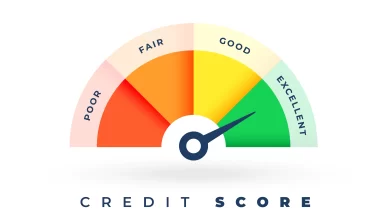Characteristics of Vinyasa Yoga

Many people are curious about Vinyasa yoga or what is Vinyasa yoga? So here the answer: It is a vigorous kind of yoga that can increase your flexibility and stamina while increasing your sweat production. People practice vinyasa yoga for various reasons, but one of the most common is to improve their physical health.
This type of yoga is taught faster like post run yoga, and in several ways, it can feel as if you’re dancing as you relate each motion to your breathing. Vinyasa yoga is also a terrific method to add an aerobic aspect to your yoga practice without it being a full-blown.
What is the practice of Vinyasa Yoga?
Vinyasa Yoga is a yoga that combines conscious breathing with flowing movement. Numerous Asanas (yogic positions or exercises) are linked together into a harmonious series. Breathing is used to govern and coordinate activity in a flowing state. Consequently, music and rhythmic beats are often used in Vinyasa (also known as “Flow”) Yoga classes. As a yoga practitioner, transitions between postures are critical. This type of practice is distinct from other types of yoga, such as Iyengar or Yin yoga, which are more static.
Think of Vinyasa yoga as a layered cake: the final product isn’t the sum of its parts but rather the result of blending, mixing, and whisking together the many elements. A Vinyasa yoga session does not consist of one pose followed by a break before moving on to the next. Noble advises that you don’t “automatically” flow from one pose to the next.
This yoga style is known as Ashtanga yoga because it was first developed from the teachings of Ashtanga and is based on that style of practice. The breath and movement are synchronised in Ashtanga yoga, just as they are in Vinyasa. You inhale as you hold a posture and exhale as you go to the next.
On the other hand, Ashtanga yoga uses a different set of poses each time you practise, whereas Vinyasa doesn’t. Noble explains that yoga instructors can put together any combination of positions they choose in Vinyasa sessions.
Flow or Vinyasa yoga has distinct characteristics.
The linking of poses through the practice of ashtanga yoga
The breath connects in vinyasa yoga, allowing you to move seamlessly from pose to pose. Practising all of the poses creates a natural transition between them. As a result, the term “Flow Yoga” has become popular. On the other hand, Hatha Yoga is a more traditional form of yoga in which practitioners enter a pose, hold it for a set amount of time, and then “break the posture” by releasing.
As you inhale and exhale you begin to move
The breath always serves as a starting point for the asana transition. Physical exercise may cause the breath to become deeper and more laboured, but it should still be regular and taken via the nose. The breath establishes the tempo and rhythm necessary to bring the postures together. Gave instructions on how to deepen their breathing and tighten their throats a little bit. ‘Ocean Breath’ or ‘Ujjayi Breathing’ is a typical term for this practice.
A Cardiovascular Workout, Vinyasa Yoga
It is not uncommon for Vinyasa Yoga practice to include vigorous movements and a cardiovascular workout that is not typically included in other yoga asana practises. Traditional Hatha Yoga teaches that you should keep the heart rate at a resting level to stimulate deeper processes inside the body (the endocrine system, the lymphatic system, etc.).
The Array of Differentiation
There are many variations in Yoga Flow. Vinyasa Flow classes are known for their constantly changing sequencing. There are no two classes that are the same. You may have noticed this if you’ve taken a Vinyasa Yoga session at your local studio. Ashtanga Vinyasa Yoga and Bikram Yoga, both of which emphasise rigid postures, are the antithesis of this.
Moving meditation is the essence of vinyasa yoga.
Vinyasa yoga takes a high concentration level due to its rapid pacing and wide range of poses. Moving meditation is a state that c can achieve through this practice.
Vinyasa Yoga may be both simple and complex at the same time. It’s all up to you: Do you prefer to stay on your mat and demonstrate most of the postures and exercises while describing the flow.





